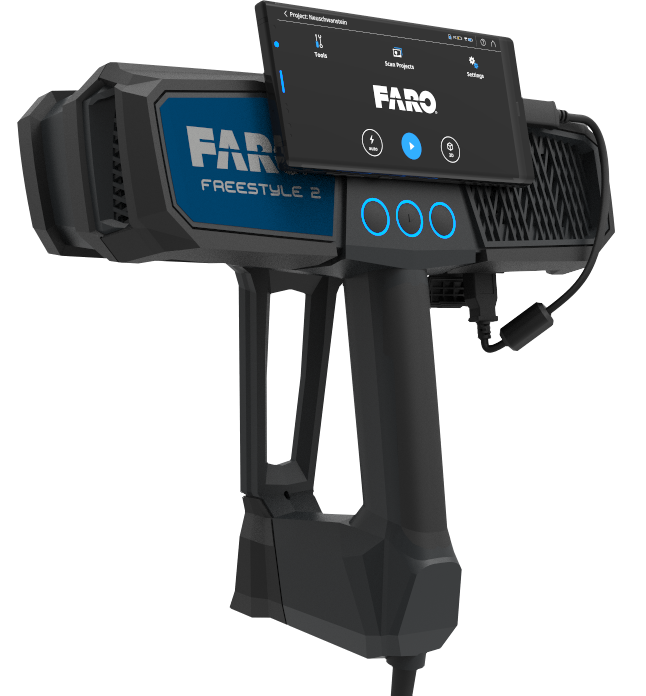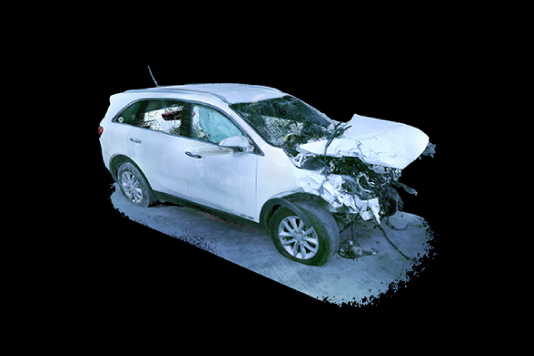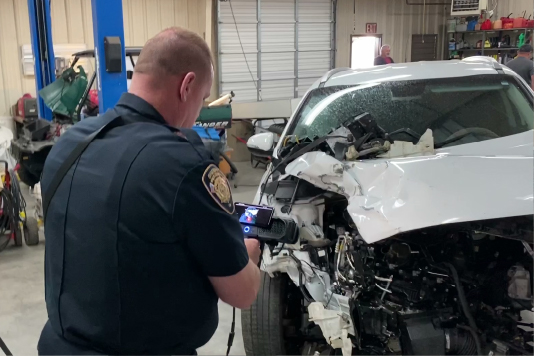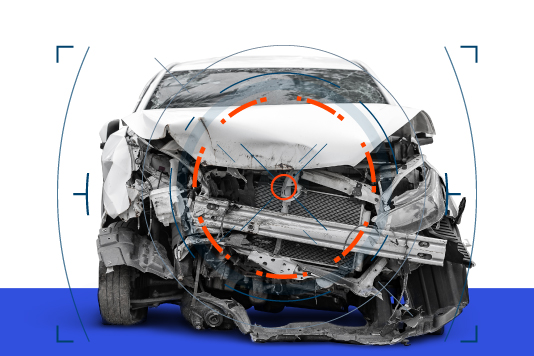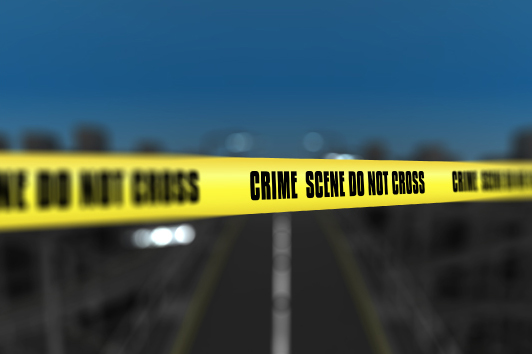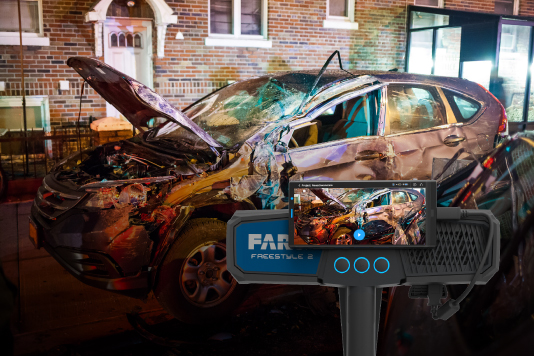5 Questions to Ask Yourself Before Buying a Handheld 3D Scanner
Whether you’re purchasing a 3D scanner as a standalone unit or as a complement for your current data capture technology, it is an important investment that will have a big impact on your on-scene documentation processes.
We’ve laid out some key factors to consider before jumping into the world of handheld scanners.
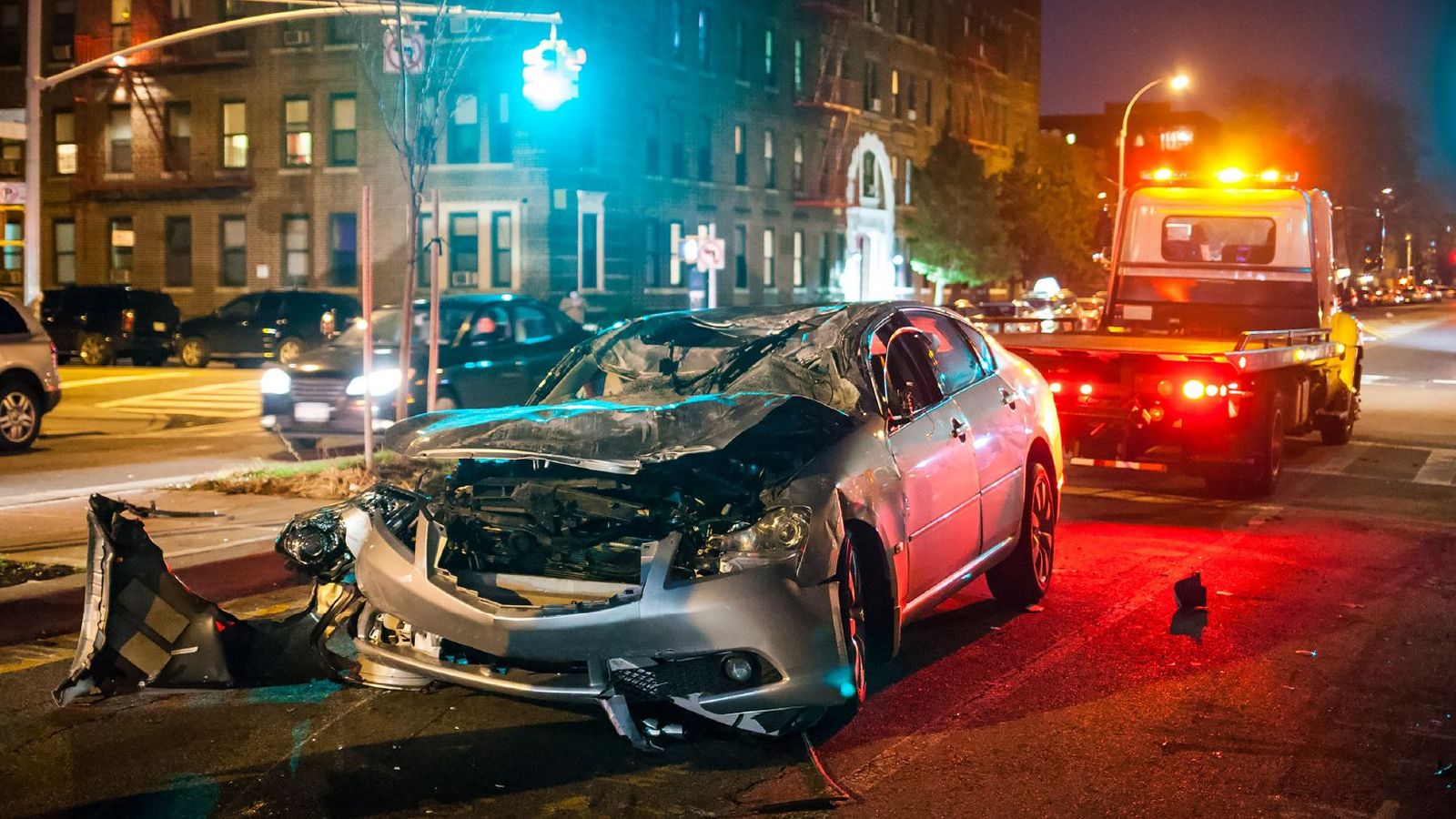
1. How easy is it to use?
Will it require a lot of extra time and training before your team is able to use it? Some scanners can take some time to get used to, especially if your team hasn’t used similar technology before, but the good news is most are much easier to learn than older methods like total stations. Plus, handheld scanners don’t have to be leveled like total stations do.
If your team is new to 3D data capture tools, you don’t have to worry. There are many on-demand training resources you can access online that break down the most important features to help reduce the learning curve.
Some models also have display screens that allow you to see what you’re scanning in real-time, so you can monitor how well the data is being captured while you scan and adjust your technique accordingly.
2. Is it compatible with my current toolset?
Handheld scanners are effective as standalone units, but many investigators like to use them as a companion to a tripod 3D laser scanner. Laser scanners and drones can capture larger areas at once and can be used out on the scene, while handheld 3D scanners are better suited for capturing the more intricate details.
If you’re already using a tripod laser scanner, buying a handheld scanner to accompany it will allow you to quickly and accurately capture the scene in much more detail. They are ideal for preserving complex scenes like homicides and vehicle damage. Because they are smaller and more portable, it is easier to maneuver around the scene and document small spaces, like narrow hallways, closets, and vehicle interiors.
3. Can I afford it?
Handheld scanners and laser scanners are becoming closer to total stations in price, but they have the added benefit of saving you and your team significant time and effort in the long run. When Clackamas County switched from a total station to a laser scanner, they were able to cut the time their staff spent on scene in half, which saved them over $73,000 in overtime costs over a period of 32 months.
If you are on a limited budget, it’s best to find a provider that offers scalable solutions. Instead of investing a lot right off the bat, you can expand your toolbox over time and develop more holistic data capture at an affordable pace. Make sure you choose a provider that offers a range of laser scanners and data analysis software options that are all compatible with each other, so when you need to upgrade or want to expand your toolset, you have multiple options that will all fit in seamlessly with the technology you already have.
There are also many grants available for public police departments looking to add a laser scanner to their toolset.
4. Does it meet my department’s specific needs?
What are the primary applications you will be using the scanner for?
If you are navigating complex scenes and need to do it quickly, handheld scanners like the FARO® Freestyle 2 Handheld Scanner are a good fit. It is best to select a model with a compact, portable design, so you can easily move around the scene to complete a detailed, highly-accurate scan.
Handheld 3D scanners can also improve accuracy and analysis. There is now software for forensic analysis from 3D data that allows you to measure elements like blood spatter and bullet trajectories.
5. Will it slow me down?
Is speed important at your operation? For some applications, accuracy and resolution are more important than speed, but ideally, you should use a scanner that allows you to do both.
With a handheld 3D scanner, you can create a highly detailed virtual version of a scene in just a few minutes, so it can be revisited later from every angle without having to physically travel to the site. They are much faster than traditional methods and recreate the scene so more investigators and juries can see every detail for themselves. A crashed vehicle scan that would take nearly 45 minutes with a tripod laser scanner can be completed in less than five minutes with a handheld scanner.
Plus, the less time spent at a scene, the less chance there is of potential danger for individuals at the scene.

